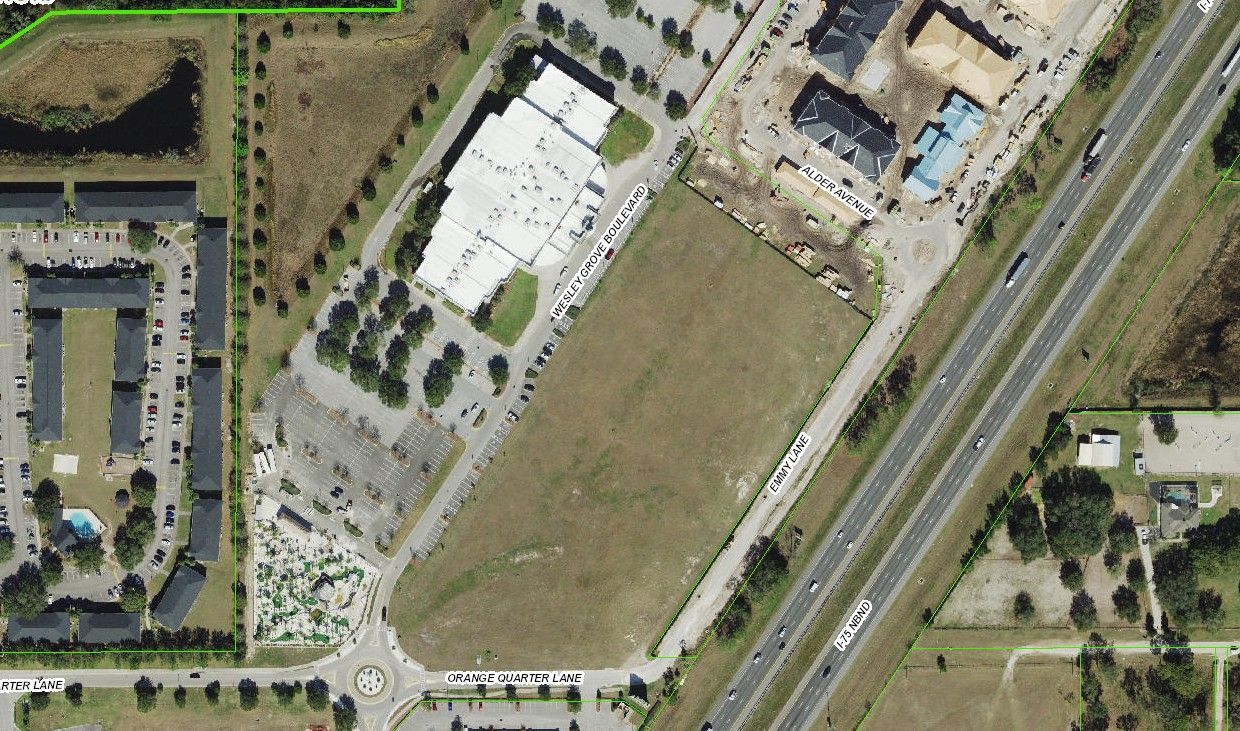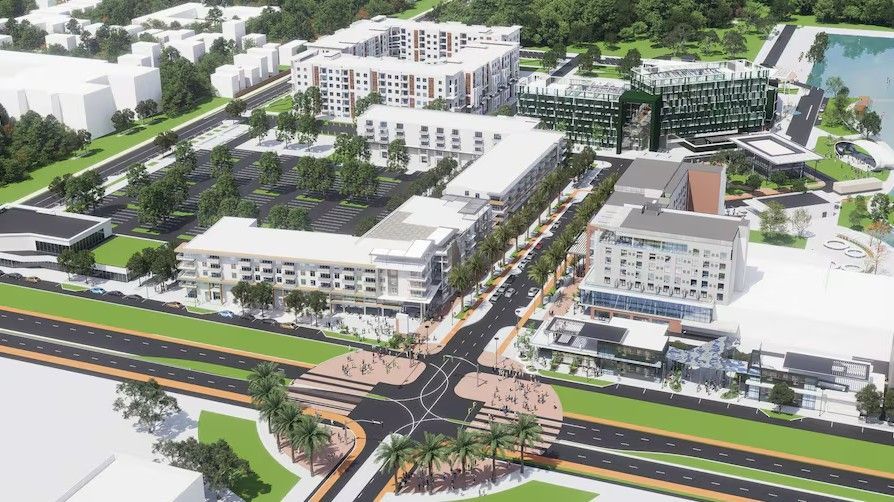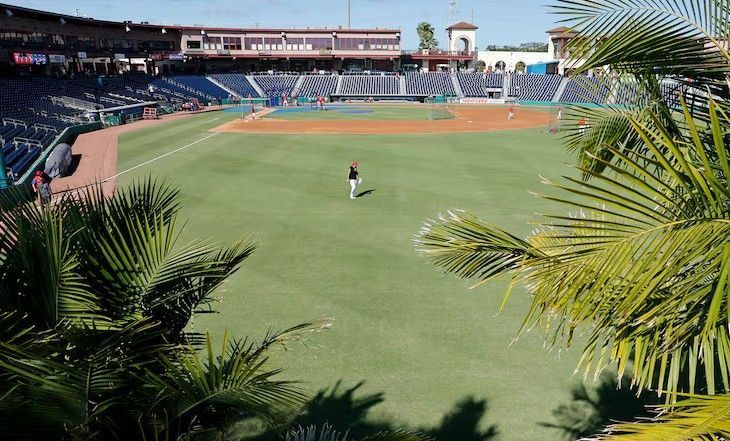Motorsport Community with a driving track is coming to Tampa
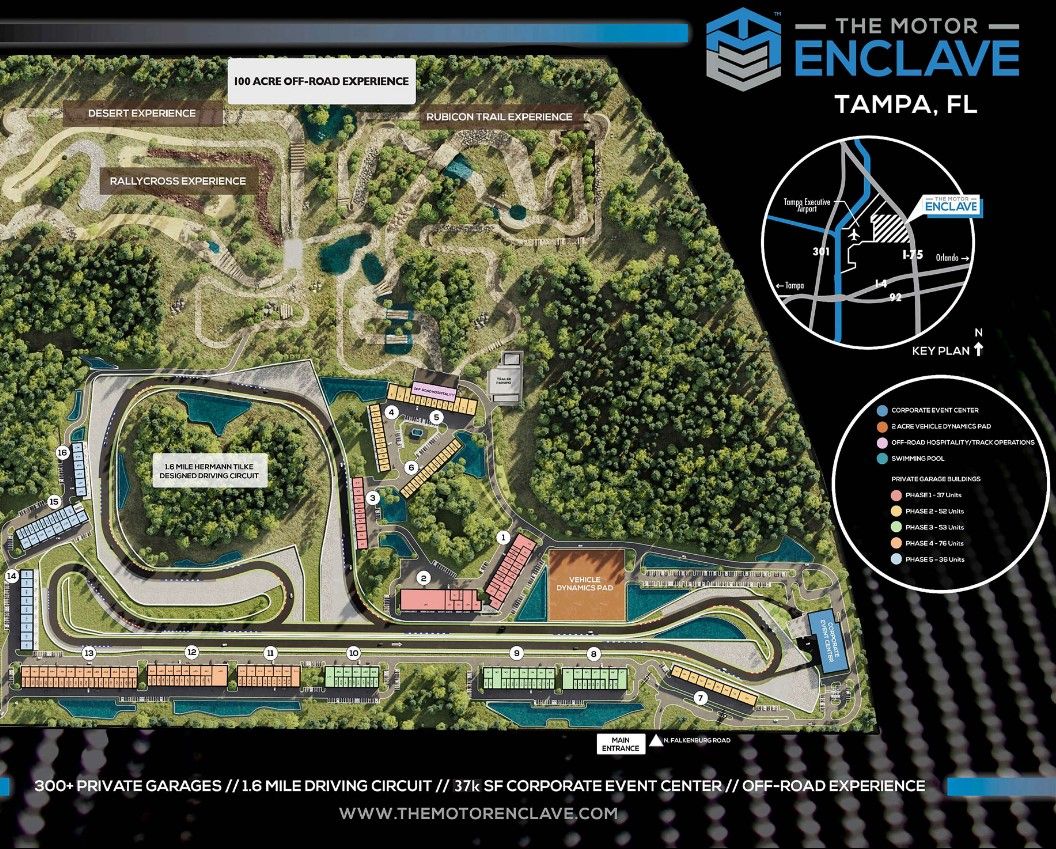
In 2011, Brad Oleshansky had a simple idea to purchase a few acres of land and build the space out with units that can be turned into “mancaves” with garages or “car condos” to make an area for those in the car community to have a space to hangout. While the development only needed around 7 acres to do what Oleshansky wanted to accomplish, he found 87 acres in Pontiac, Michigan and used the remaining acres on the site to build a track. The project is called the M1 Concourse and opened in 2016 offering a 1.5-mile track for the 250-unit owners to drive their sport and racing cars. The project was so successful that Oleshansky decided to open a second location. A computer program pulled different land parcels from around the country that were available for sale and met Oleshanksky's qualifications. Tampa was number eleven on the list - but thanks to the weather, close proximity to downtown, and the neighboring parcel being Tampa executive airport Motor Enclave quickly secured Tampa as a location.
The Tampa location is called The Motor Enclave and is slated for a grand opening in March 2023. The site is located at 6499 N Falkenburg Rd in Tampa. According to Hillsborough County records, the site is a total of 188.32 acres and was purchased for $2.5 million in March of 2021. This brings the land to a value of $13,275 per acre, or $0.30 per SF. In total, The Motor Enclave will offer a 1.6 mile, 32-foot-wide winding paved track where cars can go as fast as 168 mph, four off road courses spanning a total of 100 acres, a 37,000 SF events center, and 240 units that can be built out as owners desire. According to VP Chas Ostezan, the site plan was for 280 units, but multiple owners bought and combined units bringing the total to 240. Only eight units remain.
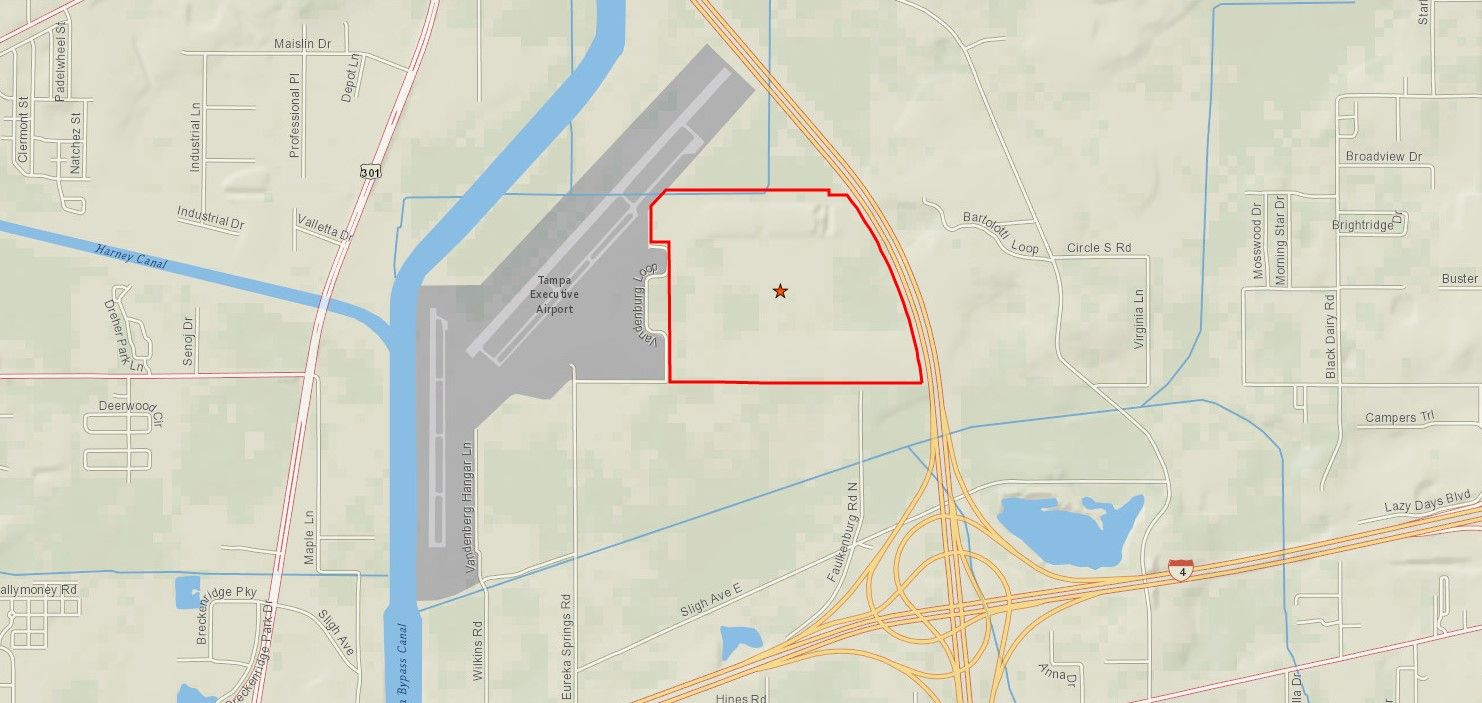
The first 100 units will be completed and ready when the track opens, the remaining will be complete by the third quarter of 2023. Units range from 657 SF to 14,000 SF. Owners are responsible for handling and paying for the buildout. Each unit is purchased as an elevated empty white box. Most owners are conducting the space to be two or three stories, with the first floor being utilized as garage space and the second and third floors being office space, bar, or den. Owners cannot live in the units as zoning does not allow anyone to spend 30 consecutive nights at a time in the units.
The remaining units range from $368,000 to $2 million. The average buildout cost is around $400,000. The priciest units come with a balcony overlooking the paved track. Some units have multiple owners who may not even have cars for the track yet, some owners are collectors who will use the garage as storage. A notable number of owners are just now looking at purchasing a track car as there has not previously been space to keep or drive one. The motorsport community borders Tampa Executive Airport and is a 15-minute drive to downtown Tampa. 80% of unit owners are from the Tampa Bay area.
Source: Tampa Bay Times
Thank you for your interest, if you need appraisal services in the Tampa area please contact:
SHARE CONTENT
